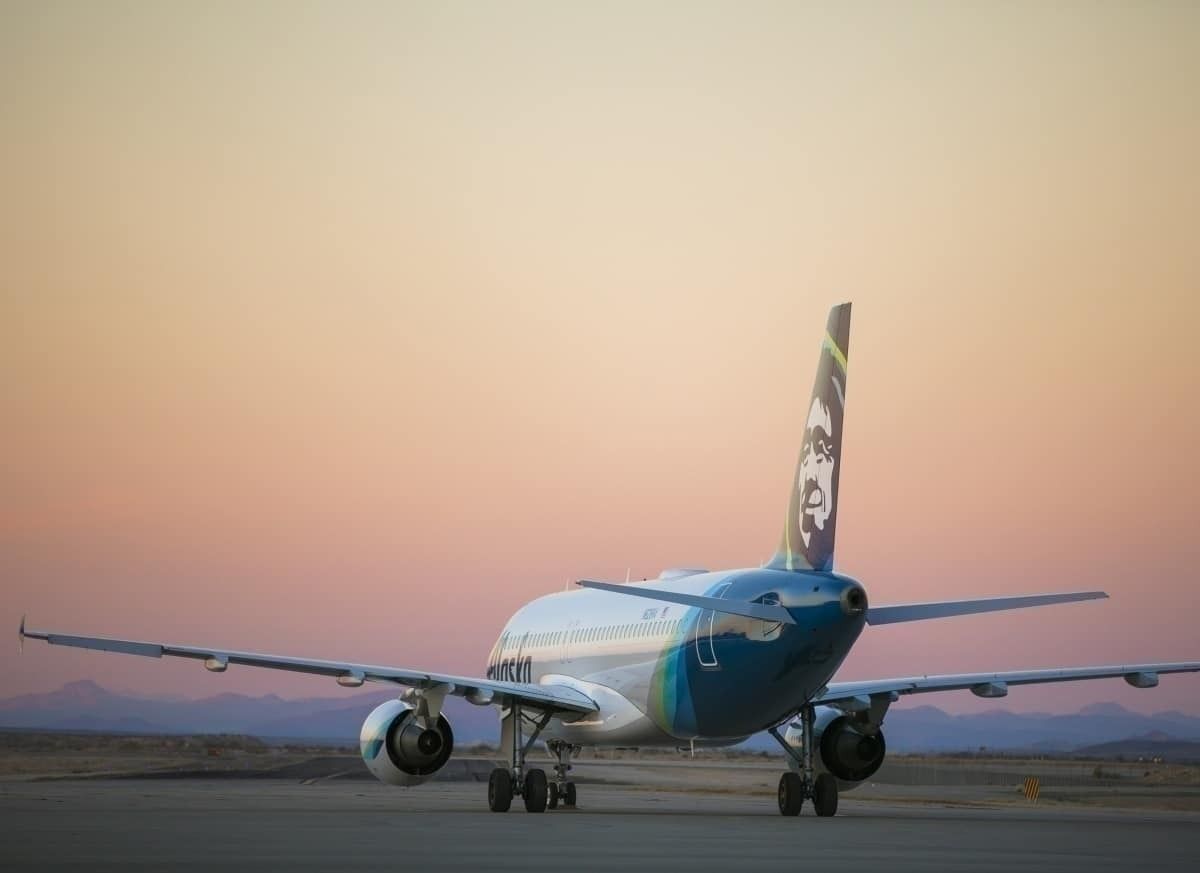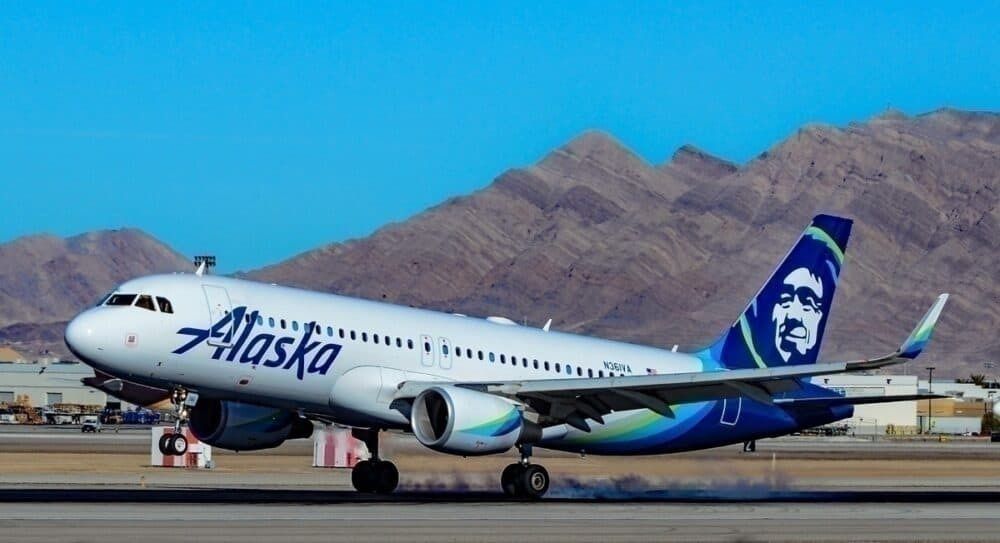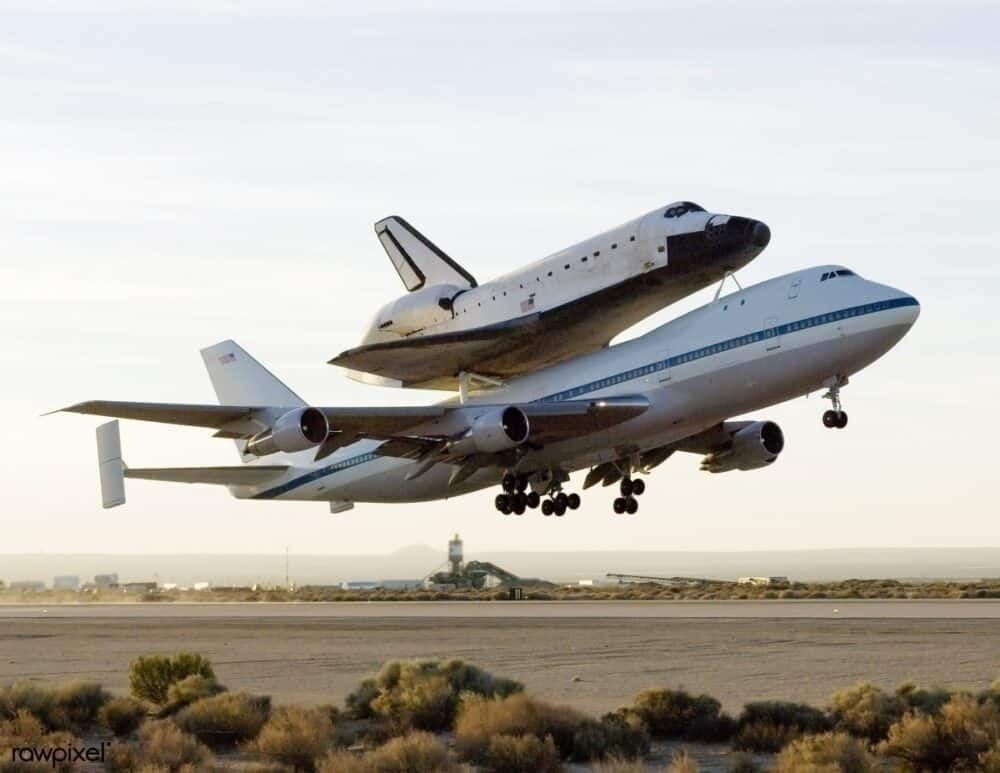On Thursday, a Twitter user from Marana, Arizona, spotted an Alaska Airlines A320 being stripped for parts. The aircraft was only 12 years old when it was sent to the boneyard at Pinal Airpark in November last year.Â
Goodbye N634VA
While airlines all over the world are sending the lion’s share of their fleets to storage, most of the planes will be returning to service once demand picks back up. Not so for merely 12-year old Alaska Airlines Airbus A320 with tail number N634VA. The plane made its last journey from Greensboro, North Carolina, to Pinal Airpark in Arizona in November last year. It has now been sighted as, well, a mere shell of its former self.Â
The aircraft, built in 2007, belonged to Virgin America but was re-painted with Alaska Airlines livery when the former was integrated with the latter in 2018. On average, an aircraft is operable for about 30 years before it has to be retired. So why would a plane barely approaching middle-age be sent to the scrapyard?
But why?
According to IATA, over 15,000 commercial aircraft have been retired over the past 35 years. There are several reasons why a plane could be taken out of service, other than old age. For example, many airlines are gradually phasing out their Boeing 747s to shift towards a more modern, fuel-efficient, and lower maintenance fleet.Â
Sometimes aircraft can be decommissioned if new regulations render some of its parts non-compliant. And, as we are seeing en-masse, airlines may ground widebody planes temporarily when demand drops over some time.Â
The most likely scenario here is that the A320 has simply come to the end of its lease period with Alaska. While the airline would have simply handed it back to the lessor, it would then be up to them to decide what happens next. It may be that the aircraft was viewed as being worth more in parts than as an entire jet, and as such, the young model has met its sticky end.
Potential cost-cutting move
The lessor could well have been influenced by the current aviation downturn. Perhpas the company was planning to store it at Pinal Airpark until a buyer was found, but now has decided that it's better off in bits.
To store an airplane at Pinal Airpark, run by Ascent Aviation Services, is not cheap. As reported by the Financial Times, parking a plane in the desert can cost up to $30,000 a month, depending on the kind of upkeep required. Its likely the lessor was keen to drive down this cost, given the challenges facing the industry right now.
Pinal Airpark boneyard
Pinal Airpark is a county-owned, public-use airport located in Marana, northwest of Tuscon, Arizona. Its primary function serves as a boneyard for civilian aircraft. It is the largest storage and heavy maintenance facility for commercial aircraft in the world, with the capacity for 400 planes.
Constructed in 1942, it was previously known as Marana Army Airfield. During WWII, it served as a pilot training facility, and during the Vietnam War, it was reportedly used as CIA’s headquarters for air operations. Today, it makes for a popular storage facility as the dry Arizona desert climate mitigates corrosion of the aircraft.
The intention with which the A320 was originally sent to the storage facilities is unknown. Most planes that arrive at Pinal can expect never to fly again. Rather, they become donors of spare parts to their younger relatives. However, some aircraft are sent purely for maintenance or short-term storage. For example, NASA has previously kept its Space-Shuttle Boeing 747 here when it was not transporting spacecraft.
4,000 planes just next door
The world’s grandest storage and preservation facility in the world all categories is right next door. About 4,000 planes are parked at the nearby 309th Aerospace Maintenance and Regeneration Group (AMARG), located on the Davis-Monthan Air Force Base. The collective value of these aircraft amounts to $32 billion, according to Flexport. While some planes are stored here between deployments, about 80% of the fleet is kept to provide spare parts for other American government-owned aircraft.Â
Why do you think Alaska Airlines decided to scrap a merely 12-year old Airbus A320? Have you ever been to an airplane boneyard? What was it like? Let us know your thoughts in the comments.Â




